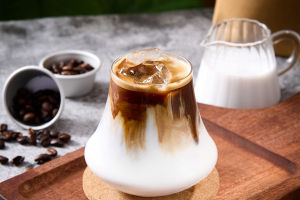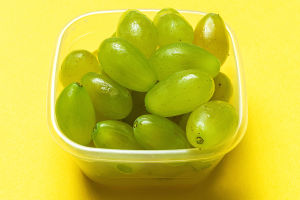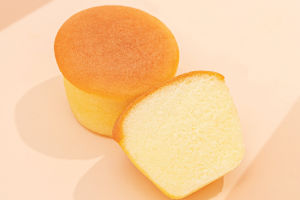Macarons, those petite and exquisite French pastries, captivate not only with their vibrant colors and enticing appearance but also with their unique flavors and meticulous craftsmanship.
From upscale patisseries in Paris to major dessert exhibitions worldwide, macarons consistently draw attention with their distinctive charm.
The history of macarons can be traced back to the Italian Renaissance. The earliest macarons are believed to have originated in Italy, initially made from a simple mixture of almond flour and sugar. This dessert later found its way to France and was introduced in the 16th century by Catherine de' Medici. The macarons she brought were loved by the French court and gradually became a symbol of high-end French desserts.
By the 19th century, the process and appearance of macarons had significantly improved. Parisian pâtissiers began adding fillings like fresh cream, jam, and chocolate to the macarons, enriching their flavors and textures. Today's macarons are renowned for their two delicate shells sandwiching a delicious filling.
The craftsmanship of making macarons is complex and intricate, showcasing the skills of pâtissiers. The main ingredients for making macarons include egg whites, fine granulated sugar, almond flour, and powdered sugar. First, the egg whites need to be whipped to stiff peaks, a process that requires precise timing and technique. The powdered sugar and almond flour are then mixed, sifted, and combined with the whipped egg whites to form the macaron batter.
After piping the batter onto a baking sheet, it needs to rest for a while to form a surface "skin," a step known as "drying," which helps the macarons achieve a perfectly smooth shell when baked. The baking temperature and time are also crucial, as any deviation can affect the quality of the final product.
The allure of macarons lies not only in their delicate appearance but also in their rich variety of flavors. From traditional vanilla, chocolate, and coffee to modern innovations like matcha, rose, and salted caramel, the choices for macarons are almost endless.
In France, macarons are more than just a dessert; they are a cultural symbol representing the refined lifestyle and elegance of French taste. Macarons are often used to celebrate important occasions such as weddings, birthdays, and festivals, with each flavor and color carrying special meanings and blessings.
Furthermore, macarons play a role in cultural exchange worldwide. They are not just a symbol of France but also a product of the fusion of dessert cultures from around the globe. In many countries and regions, macarons have been infused with local flavors and styles, becoming a global dessert phenomenon.
Today, macarons are not limited to traditional methods; more and more innovative elements are being incorporated. Whether through novel flavors or creative designs, modern macarons continually push the boundaries of tradition.
Through modern innovation, macarons not only retain their traditional charm but also embrace contemporary trends and techniques, making them a dessert that is both classic and fashionable.
As a classic French dessert, macarons boast a long history, exquisite craftsmanship, diverse flavors, profound cultural significance, and modern innovations. These qualities ensure their prominent position in the global dessert scene.
From their ancient Italian roots to modern dessert innovations, the evolution of macarons not only showcases the development of pastry techniques but also reflects people's pursuit of a beautiful life. Each bite of a macaron is an experience of delicate craftsmanship and diverse flavors, allowing people to savor the blend of history and modernity.


